DNA Reveals the Origin Stories of America’s Captive Tigers
Scientists have wondered if the many captive tigers in the United States could one day help restore the species in the wild.
By
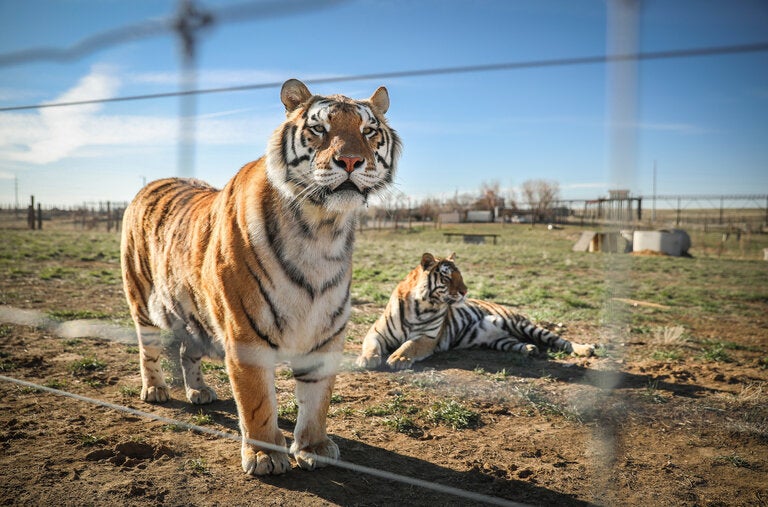
Scientists have wondered if the many captive tigers in the United States could one day help restore the species in the wild.
By

A new study offers clues to a 179-year-old mystery that killed more than 100 explorers on the Franklin expedition in the Canadian Arctic.
By
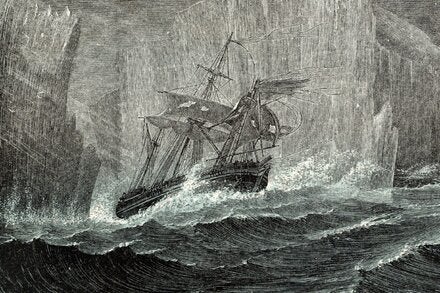
Scientists recently found the planet’s longest continuously occupied termite colony in an arid region of South Africa. It dates to the time of the Neanderthals.
By
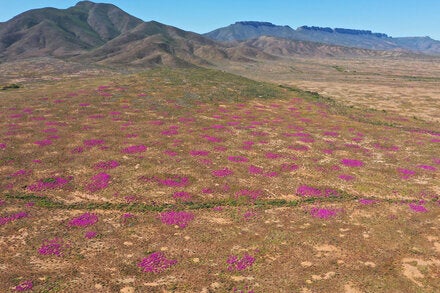
Scientists are studying whether future astronauts on deep-space journeys could transform compounds in asteroids into food.
By
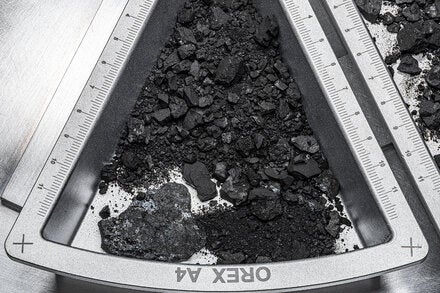
After a Decade, Scientists Unveil Fly Brain in Stunning Detail
Scientists have mapped out how 140,000 neurons are wired in the brain of the fruit fly, Drosophila melanogaster.
By

To Build a Nuclear Bomb, Iran Would Need Much More Than Weeks
Nuclear experts see Tehran as facing up to a year of hard work to master the knotty basics of building a deliverable atom bomb.
By

You Can Stand Under My Umbrella, if You’re an Egg-Laying Locust
Male locusts have long been observed shielding mates from other males. Researchers say this behavior may also protect the females from desert temperatures.
By

Wreck of ‘Ghost Ship of the Pacific’ Found Off California
The rediscovery of the vessel, which was captured by the Japanese for a time during World War II, highlights the potential of underwater autonomous vehicles to map the ocean floor.
By

Why Mount Everest Is Growing Taller Every Year
Researchers say that two rivers merged some 89,000 years ago and gave the mightiest peak in the Himalayas a huge growth spurt.
By

Advertisement
Chimps and other apes have been observed making more than 80 meaningful gestures. Three theories have tried to explain why.
By

Our Bigger Brains Came With a Downside: Faster Aging
A study comparing chimpanzee and human brains suggests that the regions that grew the most during human evolution are the most susceptible to aging.
By
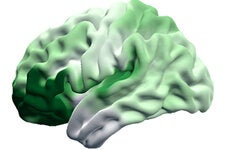
How Did the First Cells Arise? With a Little Rain, Study Finds.
Researchers stumbled upon an ingredient that can stabilize droplets of genetic material: water.
By

Scientists Find Arm Bone of Ancient ‘Hobbit’ Human
New fossils from Indonesia, including the smallest humerus ever found from an adult hominin, belonged to the tiny Homo floresiensis species, researchers said.
By

How Did Roses Get Their Thorns?
The “prickles,” as botanists call them, evolved in roses and other plants thanks to a single gene, a new study found.
By
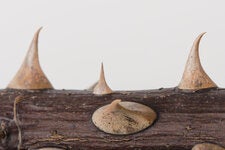
Things Are Looking Up for Africa’s Upside-Down Baobab Trees
A researcher followed up on a study warning that the massive trees were in danger, and found many venerable specimens thriving.
By
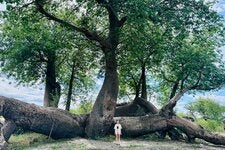
This Fish Evolved Legs That It Uses to Taste Stuff on the Seafloor
While the sea robin has legs, it still doesn’t need a bicycle.
By

A Leggy Tyrannosaur Emerges From a Mexican Desert
Scientists say that the fossil of a close relative of Tyrannosaur rex bolsters their case for a distinctive southern population of the fearsome dinosaurs.
By

This Cheese Stood Alone for 3,600 Years
The cheese was dug up with mummified human remains in the Xinjiang region of China and offers insights into the origins of the dairy product known as kefir.
By

Punching Octopuses Lead Fish on Hunting Parties
Octopuses and fish are routinely seen working together on the ocean floor, and now scientists say that the cephalopods are the leaders of the pack.
By

Advertisement
A Shift Among Democrats: Embrace Record Levels of Oil and Gas
Tim Walz said climate change is real, but boasted about high U.S. levels of oil and gas production. JD Vance called climate change “weird science.”
By

Where Americans Have Been Moving Into Disaster-Prone Areas
As Americans have flocked south and west, more people have been exposed to the risk of hazards like hurricanes, floods, wildfires and dangerous heat.
By Mira Rojanasakul and

Around the World, Diplomats Gird for a Trump Assault on Climate Action
Some leaders insist that the global clean energy transition will happen with or without the United States.
By

U.S. Approves Billions in Aid to Restart Michigan Nuclear Plant
No one has ever restarted an American nuclear reactor that was seemingly closed for good. But with electricity demand spiking, interest is growing.
By

They’ve Got a Plan to Fight Global Warming. It Could Alter the Oceans.
By tweaking the chemistry of rivers and oceans, humans could remove billions of tons of carbon dioxide from the air. But huge challenges loom.
By Brad PlumerRaymond Zhong and


The annual prizes will be announced beginning Monday.
By Derrick Bryson Taylor

There are lots of reasons your mood might tank at night. Here’s how to address the bedtime blues.
By Christina Caron

Doctors can provide alternative forms of screening for colon and rectal cancer but sometimes have a good reason to stick with the colonoscope.
By Gina Kolata

The National Centers for Environmental Information in Asheville, N.C., sweep together data from around the world to help track Earth’s warming.
By Raymond Zhong

If elected again, he would become the oldest president by the end of his term. Yet he is refusing to disclose even basic health information.
By Emily Baumgaertner and Maggie Haberman

Many middle-income countries are left out of the deal, widening a gulf in access to critical medicines.
By Stephanie Nolen

The S.E.C. alleged shortcomings in research said to support the drug, and its developer agreed to a $40 million settlement. Some experts wonder why clinical trials have not been stopped.
By Teddy Rosenbluth

Research on hundreds of tropical storms finds that mortality keeps rising for more than a decade afterward, for reasons you might not expect.
By Lydia DePillis

Not everyone will be able to see the phenomenon, known as an annular eclipse, on Wednesday, though a partial solar eclipse may be visible in parts of Antarctica and Hawaii.
By Derrick Bryson Taylor

Damage went beyond downed power lines. Hundreds of substations went out after the storm. Getting them back online is difficult.
By Brad Plumer
Advertisement
Advertisement